AO Edited
St Ninian's Chapel
This former chapel resides on an island connected to the mainland by one of Shetland's iconic beachy tombolos.
St Ninian’s Beach is likely one of the best-known natural sights in the archipelago of Shetland, notable for its Caribbean-like turquoise hues and powdery white sand. As a tombolo, St Ninian’s is particularly unique since it actually consists of two beaches, two sides of a spit that connects the namesake St Ninian’s Isle to the mainland.
Shetland has an abundance of these formations, including a particularly rare double tombolo. However, St Ninian’s could well be the most famous in the islands.
Somewhat less famous are the ruins found on the Isle at the end of the tombolo. All that remains of the 12th-century St Ninian’s Christian Chapel are mostly its walls and some crosses from the graveyard.
The site might be one of the first places to see the arrival of Christianity in Shetland. Excavations in the 1950s and early 21st-century revealed that an even older Pictish treasure, dated around 800 CE, had been buried near the chapel. The earliest signs of human occupation on the Isle date to 1,600 years earlier during the Iron Age, around 800 BCE.
The treasure, now located in the National Museum of Scotland, was found by schoolboy Douglas Coutts in 1958 during the first modern excavation of the chapel. It was likely hidden by the Picts during a period of Viking (Norse) invasions.














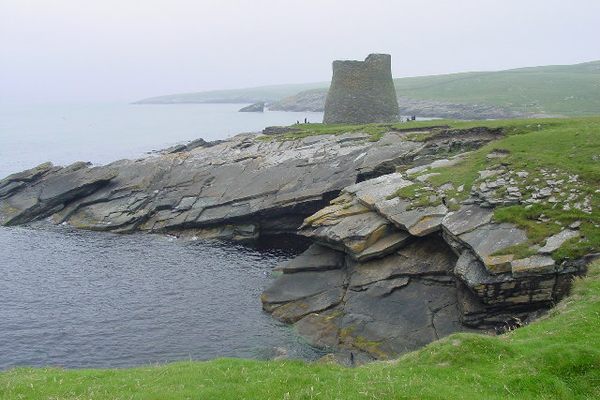
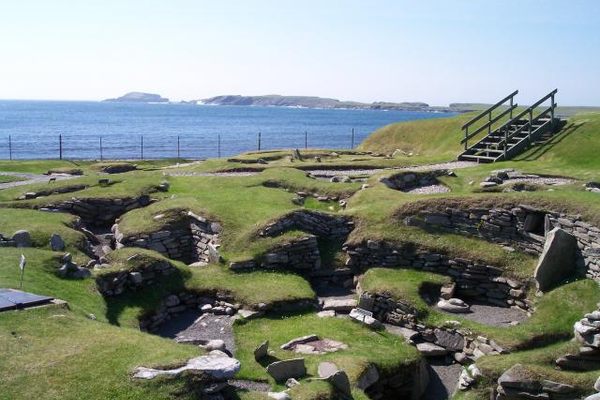



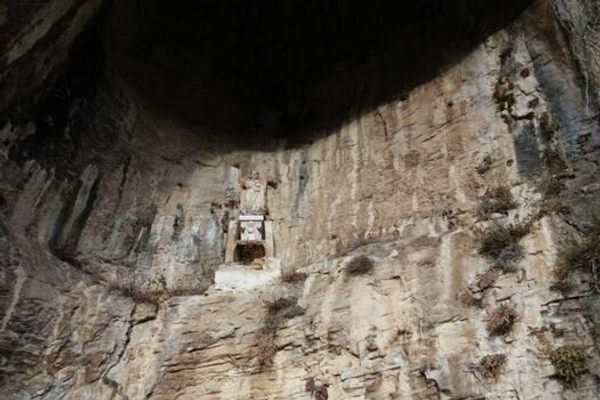
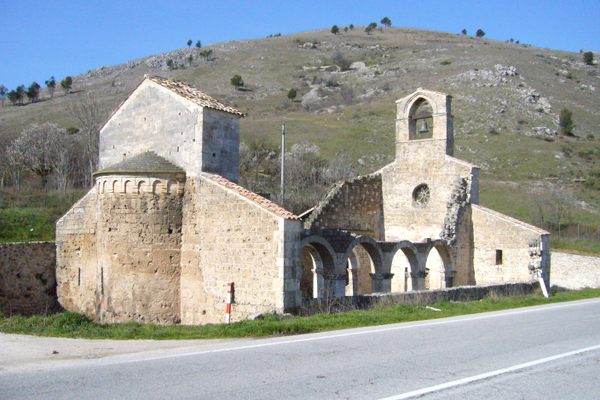
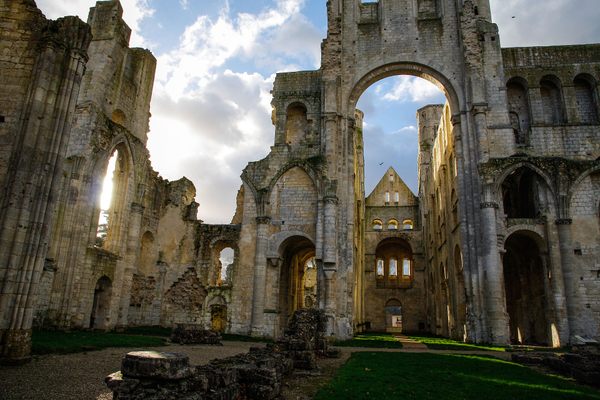

Follow us on Twitter to get the latest on the world's hidden wonders.
Like us on Facebook to get the latest on the world's hidden wonders.
Follow us on Twitter Like us on Facebook